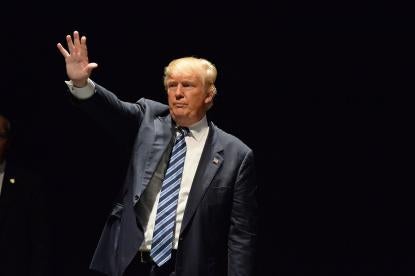A few years ago, I wrote a blog post entitled “The P3 Wars” in which I provided a brief explanation of how a P3 (i.e., a public-private partnership) works, and the general arguments for and against the use of P3s. More recently, President Trump proposed a $1 trillion U.S. infrastructure plan that likely includes the use of P3s. Although no details of his plan have been released, Elaine Chao, his Secretary of Transportation, recently told the Senate Environment and Public Works Committee that of the $1 trillion dollar infrastructure investment, approximately $200 billion would consist of public funding, which leaves $800 billion of private financing.
In the early 2000s, then Governor of Texas, Rick Perry, who is now President Trump’s Secretary of Energy, was a big proponent of P3s. He promoted toll roads built and operated by private persons as a way to fund the construction and operation of Texas highways, because he found P3s to be preferable to raising fuel taxes for the same purpose. However, sometime in the mid-2000s, a populist movement began and continues in Texas that voraciously opposes toll roads operated by P3s. That movement was instrumental in getting the Texas legislature to pass a legislative moratorium in 2007 on most P3 funded highway projects. A few toll road projects were permitted to go forward, however, even after the legislative moratorium. One such toll road project involved a highway that would bypass the congested Austin metropolitan area. However, the private entity involved with the P3 declared bankruptcy last year, adding fuel to the populist movement’s fire. (Advocates for P3s counter that the failure only supports the argument that toll roads should be used for major thoroughfares).
A few weeks ago, the populist movement in Texas again won a major victory when the Texas legislature voted against a bill that was designed to use P3s to fund 18 different toll road projects throughout the state. Most of those projects, which were collectively estimated to cost $30 billion, would have redesigned and improved major thoroughfares in the highly congested metropolitan areas in Texas. Interestingly, the Texas legislature will not meet again until January of 2019. Accordingly, the battle won by the Texas toll road opposition will remain in existence for the foreseeable future. Thus, at least in Texas, President Trump’s plan to use $800 billion of private investment to fund U.S. infrastructure improvements appears to have hit a wall. Stay tuned.




 />i
/>i

